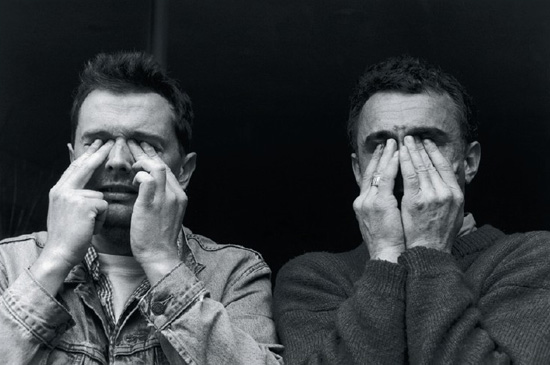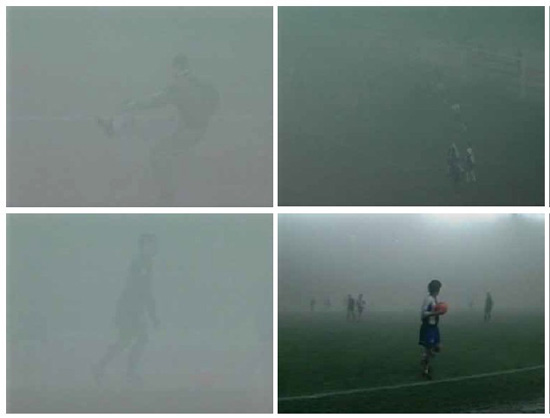|
Introduction of the artist:

Ann Veronica JANSSENS (Belgium)
Born in 1956, Folkestone, UK. Lives and works in Brussels, Belgium. Selected
solo exhibitions: 2011 Knock Knock, Sorry we're closed, Brussels, Belgium / 2009
Are you experienced, Espai D'Art Contemporani De Castello, Spain / 2006 Ann
Veronica Janssens, Artspace, Auckland, New Zealand / 2002 Ann Veronica Janssens,
Ikon Gallery, Brimingham, UK / 2001 Works for Space, Kunstverein Munchen,
Germany / 1999 48th Venice Biennale / Selected group exhibitions: 2011 Over Your
Cities Grass Will Grow, Hidde van Seggelen Gallery, London / 2010 Manifesta 8,
Murcia, Spain / 2010 Documents 10, Today Art Museum, Beijing / 2009 UN-SCR-1325,
The Chelsea Art Museum, New York / 1998 11th Biennale of Sydney / 1997 the 5th
International Istanbul Biennial.
Introduction of works:

Phosphenes, Poster, 300×360cm, 1997

Berlin Barcelone, video, projection, dimensions variables, 1999
The work of French Belgian artist Ann Veronica Janssens reflects a strong
interest in natural phenomena and everyday experience – above all an impulse to
communicate artistically the existence of “ordinary miracles”.
Janssens’ treatment of space renders the ephemeral palpable, and often
employs subtle and poetic oppositions between transparency and opaqueness,
emptiness and fullness, open and closed. Many of her best known works have
involved her filling museum rooms with an artificial fog that audiences are
invited to walk through. In this vein, for this exhibition she shows Berlin –
Barcelona ??? excerpts from a televised football game played in thick fog, to
the extent that the ball and players were for the most part invisible. The game,
through natural means, is transformed into an experience of wonderment.
The human presence in Berlin – Barcelona ??? is key, as the artist is
concerned essentially with the nature of our perception, its relativism and
crucial bearing on whatever is grasped as real. This is neatly summed up in her
statement whereby she conveys her observation that “in the absence of light, it
is possible to create the brightest images within oneself”. This is not just a
metaphorical statement, or a proverb, as is demonstrated by her other work here,
Phosphenes, a billboard-like photograph of two young men conductng a child-like
experiment with their eyes. She spells out what is happening in clear text
superimposed on the image itself, as follows: “Phosphenes [is] a micro-organic
exploration. A nomadic and visual proposal. If you close your eyes and put
pressure on your eyeball with your fingers, coloured, sparkling geometric
patterns appear in the eye.” Beauty is literally in the eye of the
beholder. | 
